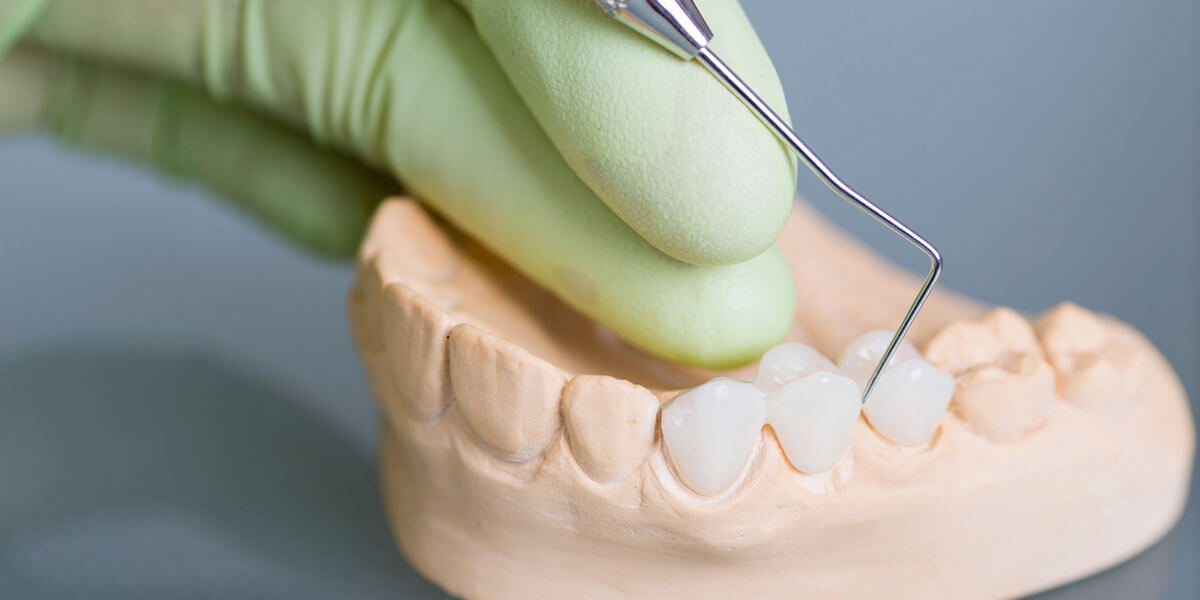Dental Bridges in Scarsdale, NY

Scarsdale Dental Group knows missing one or more teeth is common for many people and that condition takes away from the joy of smiling and having structurally sound dental structures. The American College of Prosthodontists(ADA) reports that 120 million Americans have one or more missing teeth. Fortunately, there are a number of solutions to replace missing teeth, including implants, crowns, dental bridges and dentures. Even within bridges, there are multiple choices.
In the example form one of our cases you can see a dental bridge may be used to restore an area with one or more adjacent missing teeth. A bridge has two primary components. The abutments (or supports) for the bridge are created by placing a crown on either a natural tooth or an implant and the synthetic tooth(or teeth) that replaces the missing tooth called a pontic.
When a bridge is determined to be the method chosen by you to replace one missing tooth, the two teeth (and/or implants) on either side will be prepped for crowns and the missing tooth will be replaced with a synthetic tooth that is connected to the crowns on either side of the missing tooth. In the case of several adjacent missing teeth, one or more implants may provide the abutment.

Four Main Types of Dental Bridges
Traditional Dental Bridge – This is the most common type of dental bridge. The existing teeth(or implants) are crowned onto the teeth adjacent to the missing tooth (or teeth) to create a support structure or “bridge” for the missing tooth (or teeth) The one or more replacement teeth (pontics) are held in place by the crowned abutments.
Cantilever Bridge – This bridge structure is supported on only one side. The existing tooth(or implant) is crowned and then one or more replacement teeth (pontics) are held in place by the crown. Scarsdale Dental Group has seen in its years of experience that the Cantilever Bridge can cause the restoration to act as a “lever” and create additional stress on the supporting tooth, causing it to loosen or fracture. The main reason to consider this option is for cost consideration or comfort for the patient.
Implant Supported Bridge – Implants are a rapidly increasing popular choice both instead of bridges and for use supporting bridges. Implants, instead of using existing teeth, are used to support a one or both sides of a dental bridge and are at no risk from a bridge damaging them due to additional stress. Implants are particularly best when there are multiple teeth missing in a row. Click here to learn more Implant Supported Bridges.
Maryland Bridge – This type of bridge is supported by a metal structure which is cemented onto the back of existing teeth. While not as strong as a traditional bridge, it can preserve the tooth structure of the adjacent teeth by avoiding the use of crowns for the abutments. It may not stay in place when heavy forces are placed on the restoration (such as biting and chewing) and does add pressure to the supporting teeth.
Contact our office to learn more about your restorative options and achieve the smile you have always wanted.

